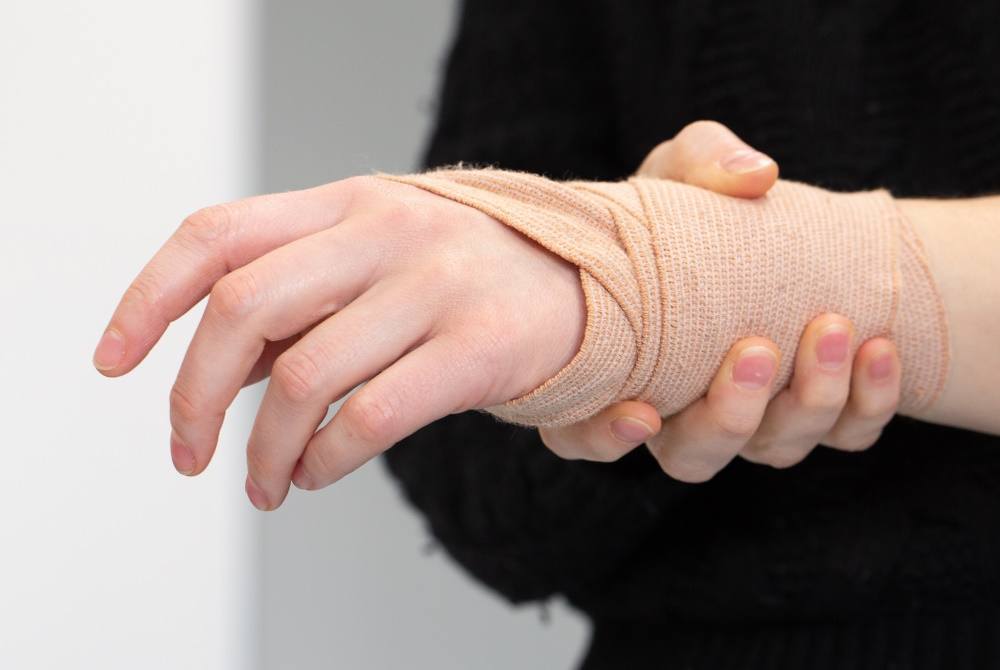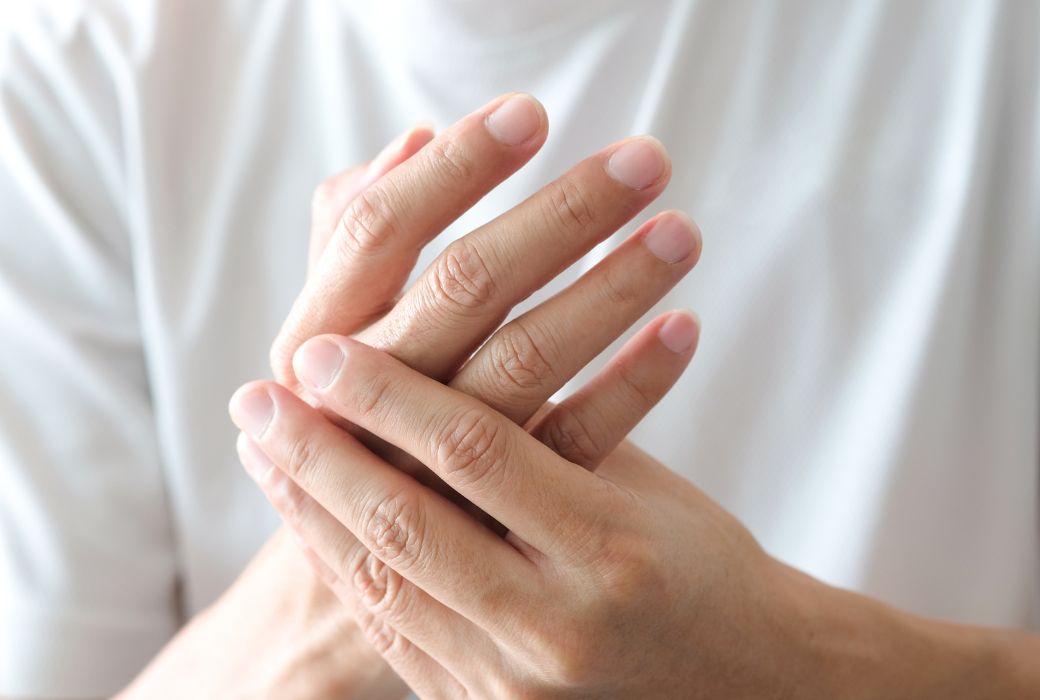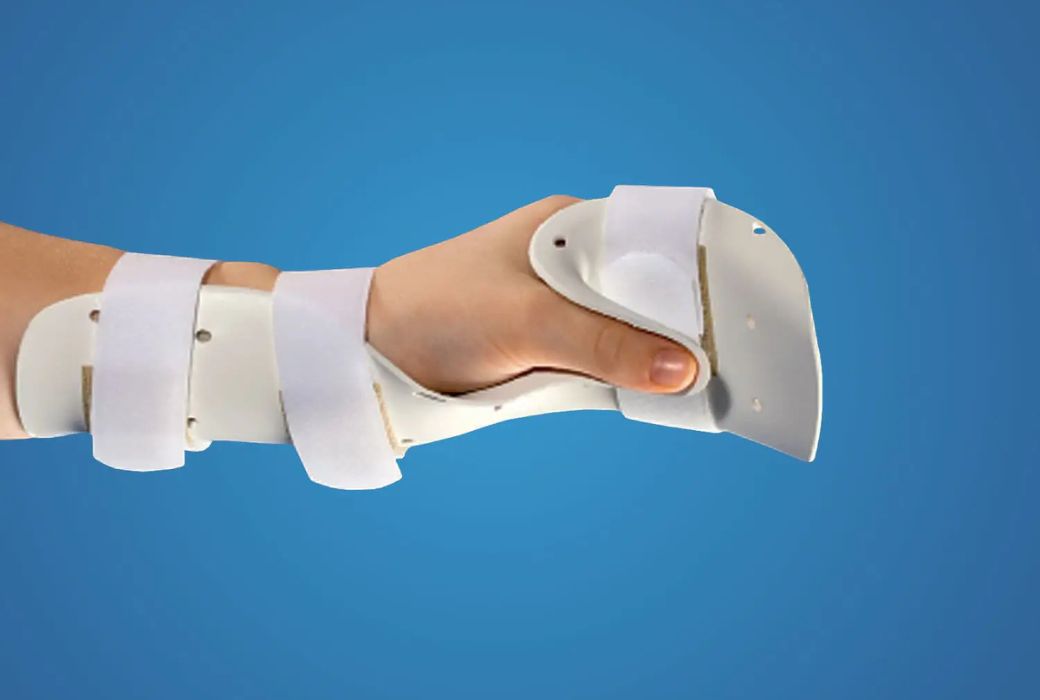An increasingly common fracture in the human body is that of a hand fracture.
We use our hands every day and trust us when we say they are put through an awful lot of stress and strain.
Whether this is general everyday use, walking the dogs, playing sports, tidying the house, lifting, carrying, and let’s not mention falling with our arms outstretched – our hands can and do go through it all.
Even the smallest of fractures can affect your hand in various ways, requiring hand fracture treatment, which we will look at in more detail below.
Causes of hand fracture
The hand contains both metacarpal (long bones in the palm of the hand) and phalangeal (small bones in the fingers and thumbs) bones, and in order for the hand to work and function properly, all muscles, tendons, ligaments, and bones must work together.
However, any damage to the hand or injury to the soft tissue in the hand can cause joints to become stiff, weak, and, in worst-case scenarios, if left untreated, deformed.
A hand fracture is considered a break in one of the small bones within the hand and common carpal bone fractures can include:
Scaphoid fractures – the most common type of fracture in the hand; this type of fracture occurs at the base of the thumb and will be sore to the touch and incredibly swollen.
Hook of the hamate fractures – occur at the lower part of the palm (base of the little finger) and will appear swollen.
Thumb sprains – the first sign that you have sprained your thumb is that you will not be able to pinch anything. In these cases, splinting the thumb can help, and in extreme cases, surgery may be required.
Rupture of the scapholunate ligament – this is the main ligament in the wrist and is often damaged after a fall, where your hand is outstretched to protect you. Damage to this ligament will appear as pain at the top of the wrist.
Boxer’s fracture cause – one of the main causes of a boxer’s fracture is when you strike something hard with a closed fist, damaging your metacarpal bone and resulting in your knuckle becoming sunken.
Dislocations of fingers – a common cause of hand fracture, dislocations can occur at the base of the thumb and the middle of the joints in other fingers. Dislocation often happens when the fingers are bent too far back.
Common cause of hand fractures
Fractures and breaks are often associated with trauma to the hand from physical trauma, a fall, sport, accident, direct blows, twisting, and more, which can lead to:
- Broken bones
- Torn ligaments (sprains and ruptures)
- Dislocated joints
Signs of hand fractures
- Swelling
- Pain when gripping or moving the hand
- Tenderness, sore to touch
- Stiffness
- Deformity or a bony bump on the fracture site
- Bruising
- Limited movement of fingers and wrist
- Fingers are crossed over each other in an unusual position
- Numbness.
Hand and fracture treatment
The severity of the fracture/break will determine the course of treatment, which can range from bracing or splinting to surgery, followed by a course of hand therapy to regain full mobility.
To identify the type of hand fracture, x-rays and, in some instances, CT scans will be carried out alongside a physical examination of the hand. This will include an examination of the forearm, elbow, and shoulder.
A range of motion is reviewed, and the consultant will also assess sensory and nerve motor function. Those with slightly more complicated fractures and tears are referred for an x-ray.
Note: An MRI or CT scan may be requested to help provide more detailed information on suspected soft tissue injuries, as an MRI can also scan ligaments, tendons, and muscles.
To find out more about “Diagnosing a hand fracture: x-rays, CT scans, and more,” make sure to read our latest post.
Fracture of the hand treatment
Treatment of hand fractures and ligament damage requires skilled care and attention, as fractures and soft tissue damage can heal correctly if treated right.
The first step is immobilisation of the hand and wrist. This is done using splints, braces, or casts.
The wrist and hand should then be elevated to help reduce swelling and inflammation.
As treatment progresses, the patient may progress through various splints and braces; for example, braces tend to become shorter as the healing of the wrist and hand progresses.
Hand therapy will also be built into hand fracture treatment with a series of exercises and movements planned between immobilisation to help prevent joints from becoming stiff.
In some cases, surgery may be the only option to help restore and maintain alignment. Often carried out as an outpatient surgery, surgery can involve pins or specialist plates and screws (hardware) to help keep bones in the correct position.
Hand therapy will again be built into post-surgery to work on a range of movements and to strengthen the hand, wrist, and arm.
Most patients will be able to return to sports within three to six months after a hand injury, with most patients making and seeing a full recovery within a year.
Cause of broken wrist
There are many causes, signs, and symptoms of a broken wrist and damage to the hand, and it’s vital that you seek medical attention straight away to begin the most appropriate treatment for you.
Most fractures of the hand will heal well without the need for surgery through wearing appropriate casts and splints as recommended and through tailored hand and wrist therapy.
Hand fractures are common and can happen to anyone, which is why it is good to understand the treatment and recovery options available.
To find out more about our services and to learn more about hand fracture causes, call us at 0808 1010337.



